#JapaneseDomesticMarket
Rare Rides: The 1991 Nissan Figaro, Completing a Cutesy Collection
Today’s Rare Ride is the last entrant in a set of four cars introduced to the series back in November 2018. Tiny, retro, and a convertible, Nissan’s Figaro is by far the most popular of the four Pike cars. It’s also the one you can always find for sale in the United States.
Let’s take a look.
Rare Rides: A Nissan Pao Is Old School and Also From 1990
The Rare Rides series has explored once before what happens when a Japanese manufacturer designs a modern car with retro appeal, when we covered the little-known Toyota Origin. Today we take a look at something else in the new-but-retro category. It’s a Nissan Pao, from 1990.
Rare Rides: The Autozam AZ-1 From 1992 Is Either Suzuki or Mazda
Tiny, mid-engined, and featuring those all-important gullwing doors, the Autozam AZ-1 has it all. And now you, too, can enjoy the things Japan was tired of in the 1990s.
Rare Rides: 1991 Nissan Gloria Brougham - Formal, Turbocharged, Pillarless Motoring Awaits
Today in Rare Rides, we’re keeping it brougham. Last time, we examined a grey Mercury Grand Monarch Ghia (as 1970s America addressed brougham).
Now, we check out a grey Nissan Gloria Brougham VIP, as 1990s Japan addressed brougham.
Real Fake News: Donald Trump and Where Japanese Manufacturers Choose to Build Their Cars
On Monday, President Donald Trump requested that Japanese automakers consider assembling their vehicles in the United States. “Try building your cars in the United States instead of shipping them over. That’s not too much to ask,” Trump told Japanese auto executives during this week’s visit. “Is it rude to ask?”
While the internet response was to immediately scoff at how little Trump knew about the industry (Japanese companies have been building automobiles in North America for decades), the reality was far more nuanced.
Taken in the broader context, Trump actually said, “Several Japanese automobile industry firms have been really doing a job. And we love it when you build cars — if you’re a Japanese firm, we love it — try building your cars in the United States instead of shipping them over. Is that possible to ask? That’s not rude. Is that rude? I don’t think so.”
Nissan Back On Track in Japan, Resumes Vehicle Production
Nissan is resuming production at five of its domestic plants this Tuesday after Japan’s transport ministry finally approved changes to the improper final-inspection procedures that forced a major vehicle recall in October. The issue involved final checks being conducted by uncertified technicians, a procedure only mandated for vehicles sold within the brand’s home country of Japan. Exported vehicles aren’t subjected to it and, so far as we know, didn’t have any problems for having forgone the inspection.
However, JDM production has been suspended since October 19th and Nissan has scrambled to recall 1.2 million vehicles after being required to re-inspect everything built for the Japanese market over the last three years. That’s a large penalty for what amounts to little more than having the wrong guy eyeball a car as it rolls off the assembly line.
Government Intervention is Intentionally Killing the Japanese Kei Car
Anyone with an interest in odd cars probably has at least a passing fascination with Japanese kei cars. As a member of that small subset of enthusiasts, I have a long-held fantasy that involves owning a Suzuki Alto Works, Daihatsu Mira Turbo, Honda Today, or Honda Acty. But the closest North America ever got was the i-MiEV, which Mitsubishi stretched a few inches to comply with U.S. crash ratings — nullifying its official status as a kei.
Sure, most kei cars are utter garbage from a driving perspective, but their utilitarian quirkiness and microscopic road-presence are difficult to replicate on anything other than a moped. They’re also stupidly affordable, which is one of the reasons they’ve persisted in Japan.
However, that’s beginning to change now that their home country has begun taxing them into extinction. The miniature breed, brought to life specifically so budget-minded motorists can have a vehicle and always find parking, lost roughly 25 percent of its yearly volume since Japan targeted them in 2014 — resulting in a sudden annual deficit of nearly 550,000 pint-sized vehicles.
Ask Jack: A Thumb on the (Economies of) Scale?
The narrowing of possibilities, the hardness of the automaker heart, the motions of grace. Or something like that. Imagine you’re a prospective Chevrolet buyer in 1955 or thereabouts. You can order your new car in at least the following styles: club coupe (two doors, B-pillar), utility sedan (two doors, wood platform in place of back seat, rear windows do not roll down), four-door sedan (four doors, B-pillar), sport coupe (two doors, hardtop without B-pillar), sport sedan (four doors, hardtop without B-pillar), station wagon (four door wagon), Handyman wagon (two door wagon with straight C-pillar), Nomad wagon (two door wagon with slanted C-pillar and unique roof), and sedan delivery (two door wagon with no glass in back).
Today’s logical, if depressing, successor to that ’55 Chevy is the Equinox. It comes in one flavor: bland box. Period. Something happened. Just what was that something?
Lemon or Lemonade?: Zing in Your Thing
I had another opportunity to visit United States Fleet Activities Yokosuka last week and, naturally, I brought along my camera for another visit to the “Lemon Lot.”
While my last visit noted the many people haulers for sale and focused on a pair of cheerful Toyota Fun Cargoes, this time, my attention was drawn to sportier fare.
Subaru Launches Impreza Sport Hybrid In Japan
Consumers in Japan will soon be able to purchase a new hybrid from Subaru, in the form of the Impreza Sport Hybrid.
Jeep Returns To Tokyo Motor Show After Eight-Year Absence
The last time the Detroit Three turned up at the Tokyo Motor Show was in 2007. One recession later, Jeep returns to Tokyo to represent the Motor City.
Fifth-Gen Honda Step WGN Debuts With New 2016 Civic Engine, Tailgate System
Honda revealed the fifth-gen Step WGN for the Japanese market Thursday, which not only features a new flexible tailgate, but the same engine planned for the 2016 Civic.
Honda Jade Crossing Over To JDM From China
If the Toyota 86 style Cb isn’t your thing — and you need to haul your friends to the “Kill la Kill” convention in Osaka — perhaps the Honda Jade will do.
Revised Toyota 86 Gains Some Style In New Edition
Shopping for a new Toyota 86? The newly revised JDM model is gaining an injection of style for one variant, in the form of the style Cb.
Nissan to Launch Infiniti Brand in Japan With New Skyline/Q50
Though Nissan has been selling cars with the Infiniti brand in North America for over two decades, you haven’t been able to buy an Infiniti in Japan. That’a about to change as Nissan will start selling the Infiniti brand at Nissan dealerships in their home market, according to a Nikkei report.





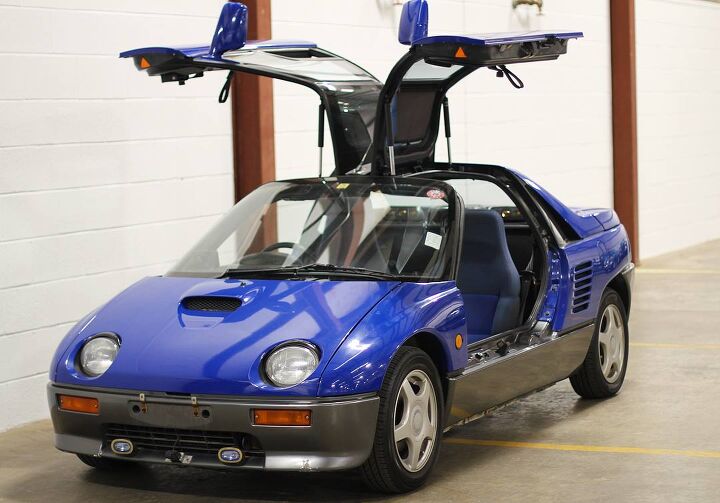


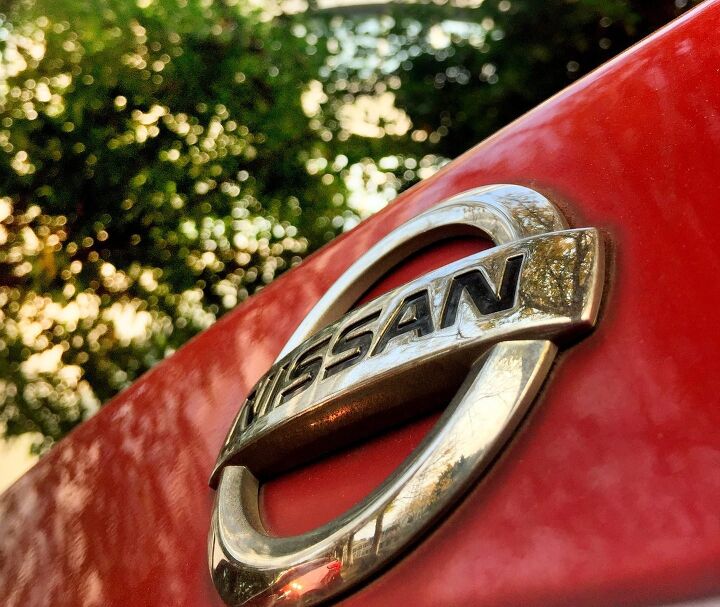



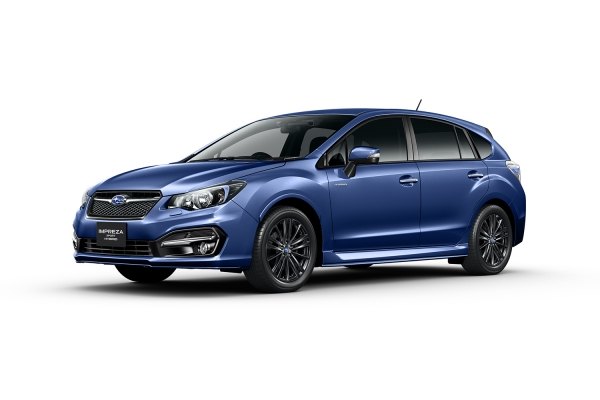
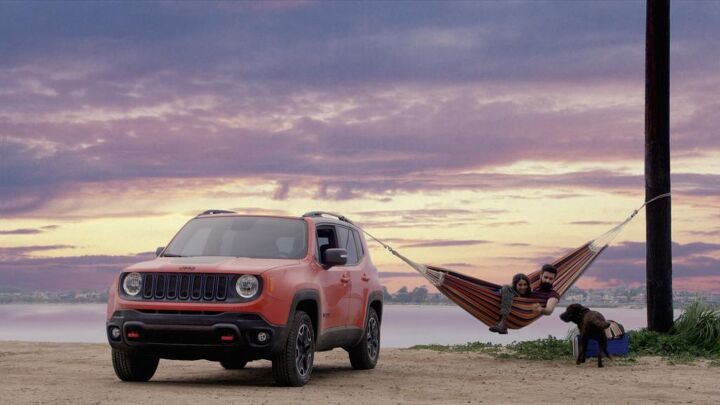



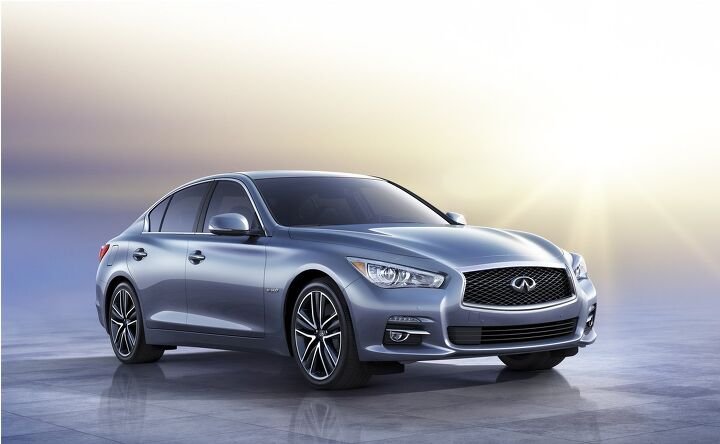












Recent Comments